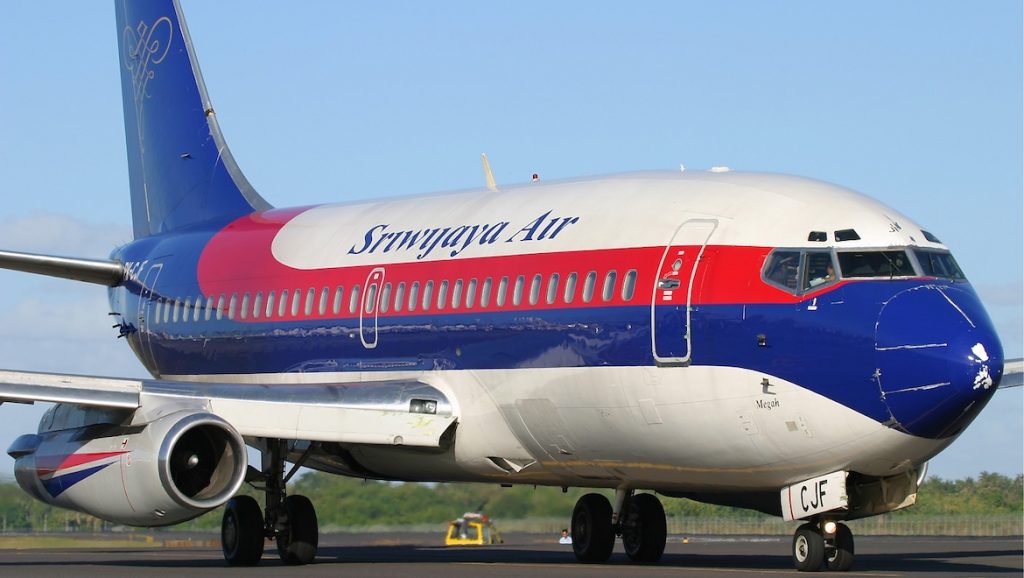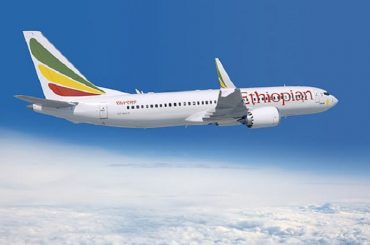
Air crash investigators in Indonesia are still yet to find the cockpit voice recorder (CVR) of the crashed Sriwijaya Air plane days after finding the mechanism’s casing.
The CVR is thought to be key in understanding the cause of the plane crash, and will pair with the information already recovered from the aircraft’s flight data recorder (FDR).
As it stands, search operations are due to conclude on Wednesday, if no extensions are announced.
Flight SJ 182 crashed into the Java Sea just minutes after take-off from Jakarta on Saturday, 9 January 2021, killing all 62 passengers and crew on board.
Earlier this week, World of Aviation reported that divers had found the CVR’s casing, however authorities at the time stated they were still searching for the device’s memory unit.
Naval officer Abdul Rasyid told reporters that the device could contain vital information on the conversations and actions of the pilots in the minutes prior to the crash.
At the time, Rasyid said investigators were expecting to find the memory unit “within days”, however as of today, the unit is still yet to be located.
National Transportation Safety Committee (KNKT) Investigator Nurcayho Utomo said, “We are really hoping the CVR could be found to support the data we recovered from FDR.”
Last week, divers recovered the 26-year-old plane’s FDR, which investigators hope will help determine the likely cause of the crash, however authorities are also actively seeking out the voice recordings of the crew in the cockpit, stored in the CVR.
Indonesia’s aviation investigation bureau, the KNKT, has already successfully downloaded information from the FDR.
The flight recorder contained 330 parameters, which refers to the amount of data recorded from various systems in the aircraft, including the flight path, speed, engine power and flaps configurations.
All 330 parameters are in “good condition” according to the KNKT.
The Indonesian investigators were able to confirm that both the aircraft’s engines were still in operation when the plane hit the water, as it had earlier hypothesised based on the wreckage found.
The plane had been out of service for nine months in 2020 in light of the COVID-19 pandemic.
Both the airline and Indonesian officials have said the plane was inspected prior to its return to service in December, including checks for possible engine erosion – an outcome previously flagged by Boeing and the FAA as possible when 737s are parked for over seven days.
The KNKT said it plans to issue its preliminary report on the crash within 30 days of the incident, in line with international standards.
The search for the CVR and victims was on Monday extended by three days, with further extensions possible.
The search operation, which was initially planned to only be performed for one week, was on Monday extended by three more days, however further extensions are possible.














Andy Harrison
says:Sounds like gross incompetence. And as if you’d limit a search window when so close to finding vital evidence of so many people’s death.
Alan
says:Could it be that NOT finding the CVR might be considered a better outcome for the reputation of Indonesian Civilian Aviation?
Brenton Webb
says:I feel every air crash where ever possibl a cause should be found no matter the time frame , this would help to find if any, faults that could be passed on to other airlines using the same model of aircraft.